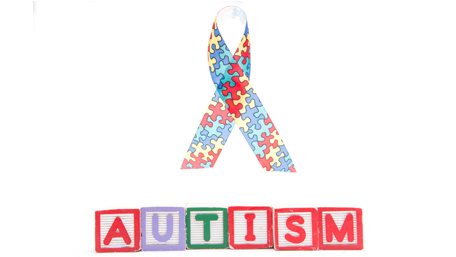
01/08/2020
Hot Topics of the Day are picked by experts to capture the latest information and publications on public health genomics and precision health for various diseases and health topics. Sources include published scientific literature, reviews, blogs and popular press articles.
Sign up MyPHGKB to receive the daily hot topic email alert.
Archived Hot Topics of the Day By Date
The Emerging Role of Pathogen Genomics in Public Health
CDC Public Health Grand Rounds, January 21, 2020

The use of fetal exome sequencing in prenatal diagnosis: a points to consider document of the American College of Medical Genetics and Genomics (ACMG)
KG Monaghan et al. Genetics in Medicine, January 8, 2020
Navigating 2020 and beyond
Nature Genetics editorial, January 7, 2020
Quest to use CRISPR against disease gains ground
H Ledford, Nature, January 6, 2020
Introducing the Personal Genomics Podcast
NCI, January 2020

Autism heritability: It probably does not mean what you think it means
B Lee, Spectrum, January 7, 2020
The Detection of Opioid Misuse and Heroin Use From Paramedic Response Documentation: Machine Learning for Improved Surveillance.
Prieto José Tomás et al. Journal of medical Internet research 2020 Jan 22(1) e15645
Social Media- and Internet-Based Disease Surveillance for Public Health.
Aiello Allison E et al. Annual review of public health 2020 Jan
Disclaimer: Articles listed in Hot Topics of the Day are selected by Public Health Genomics Branch to provide current awareness of the scientific literature and news. Inclusion in the update does not necessarily represent the views of the Centers for Disease Control and Prevention nor does it imply endorsement of the article's methods or findings. CDC and DHHS assume no responsibility for the factual accuracy of the items presented. The selection, omission, or content of items does not imply any endorsement or other position taken by CDC or DHHS. Opinion, findings and conclusions expressed by the original authors of items included in the Clips, or persons quoted therein, are strictly their own and are in no way meant to represent the opinion or views of CDC or DHHS. References to publications, news sources, and non-CDC Websites are provided solely for informational purposes and do not imply endorsement by CDC or DHHS.
- Page last reviewed:Feb 1, 2024
- Page last updated:Apr 25, 2024
- Content source:









